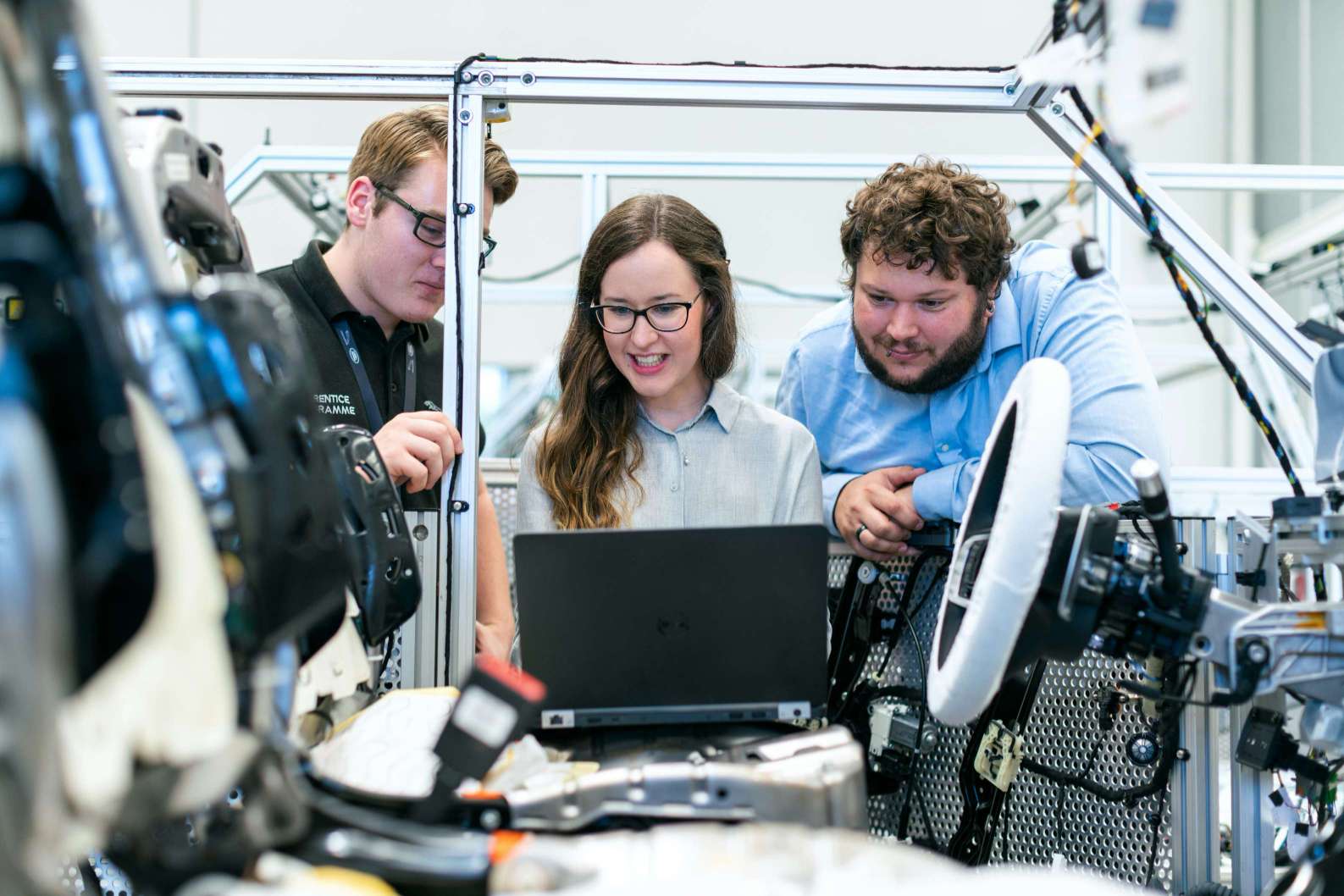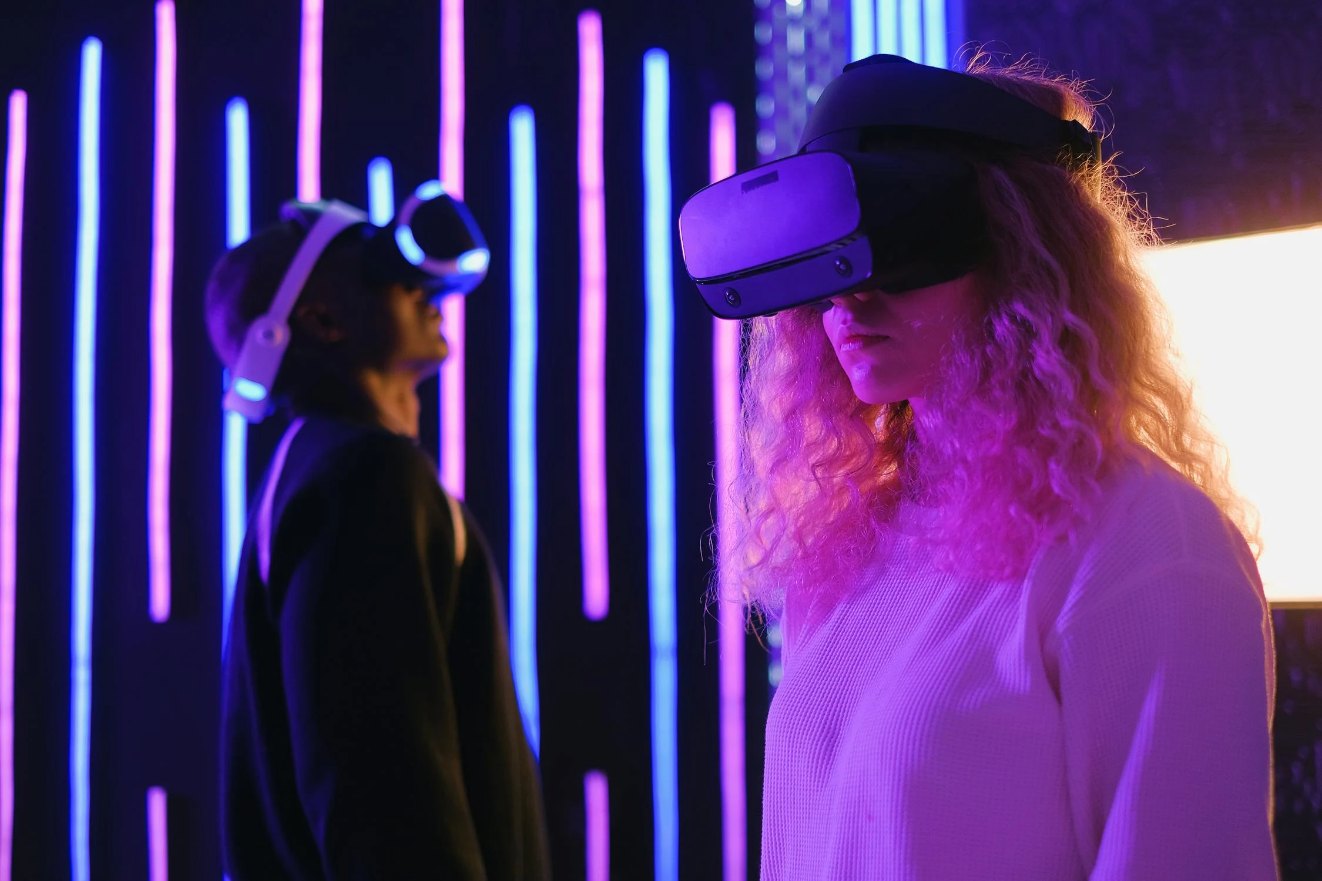
Augmented Manufacturing: The Intersection of Reality and Digital
5 min read
30 Sep 2025
Augmented Manufacturing represents a transformative approach where digital technologies merge seamlessly with traditional manufacturing processes, enhancing capabilities and efficiencies across industries. This article delves into the concept of augmented manufacturing, its applications, benefits, and future implications.
Understanding Augmented Manufacturing
Augmented Manufacturing integrates advanced digital technologies, such as augmented reality (AR), virtual reality (VR), and mixed reality (MR), into traditional manufacturing workflows. These technologies overlay digital information onto physical environments, facilitating enhanced visualization, simulation, and interaction during production.
Applications of Augmented Manufacturing
Augmented Manufacturing finds applications across various sectors: Design and Prototyping: AR and VR enable designers and engineers to visualize and iterate on product designs in real-time, improving collaboration and accelerating prototyping processes. Training and Skills Development: AR-based simulations enhance training for manufacturing operators, allowing them to practice complex tasks in a safe, virtual environment.
Benefits of Augmented Manufacturing
Augmented Manufacturing offers several advantages: Enhanced Visualization: AR and VR technologies provide immersive 3D visualization of manufacturing processes, aiding in better decision-making and problem-solving. Improved Efficiency: By overlaying digital instructions and real-time data onto physical objects, augmented manufacturing reduces errors, streamlines workflows, and speeds up production.
Future Implications of Augmented Manufacturing
The future of augmented manufacturing is promising with advancements in: Digital Twins: Integrating digital twin technology with AR/VR enables real-time monitoring, predictive maintenance, and optimization of manufacturing processes. AI and Machine Learning: AI-driven algorithms enhance AR/VR applications by analyzing data, optimizing workflows, and enabling autonomous decision-making in manufacturing.
Conclusion
Augmented Manufacturing represents a significant paradigm shift in the manufacturing industry, leveraging digital technologies to enhance productivity, quality, and innovation. As AR, VR, and AI continue to evolve, augmented manufacturing is poised to revolutionize how products are designed, produced, and maintained, driving competitiveness and growth in the global market.

The AR Breakthrough That Will Make Blockchain Transactions Simpler Than Ever!
7 min read | 11 Oct 2025
How AI Is Making Blockchain Smarter and Safer – The Inside Scoop!
5 min read | 10 Oct 2025
The Big Tech Twist: How VR Is Set to Disrupt Blockchain Like Never Before!
5 min read | 09 Oct 2025
Unlocking the Power of AR: How Augmented Reality Is Set to Revolutionize Blockchain!
6 min read | 08 Oct 2025More Articles

AR Fashion: Trying Before Buying in Augmented Reality
5 min read | 19 Sep 2025

Virtual Social Spaces: Connecting Communities in VR
6 min read | 18 Sep 2025

Empowering Accessibility: AR and VR for People with Disabilities
5 min read | 17 Sep 2025

AR and VR in Industrial Applications: Innovations in Manufacturing
3 min read | 16 Sep 2025
More Articles

How AI is Enhancing Video Games: Creating Smarter NPCs and Dynamic Worlds
6 min read | 09 Oct 2025

The Role of AI in Drug Discovery: Speeding Up Breakthroughs
7 min read | 08 Oct 2025

AI in E-Commerce: Revolutionizing Customer Experience and Logistics
5 min read | 07 Oct 2025

The Impact of Deep Learning on Natural Language Processing (NLP)
6 min read | 06 Oct 2025
